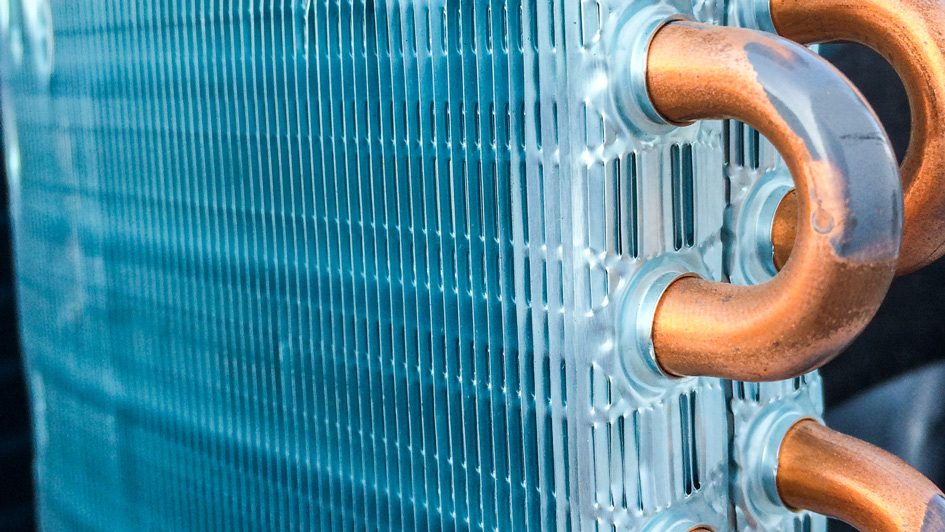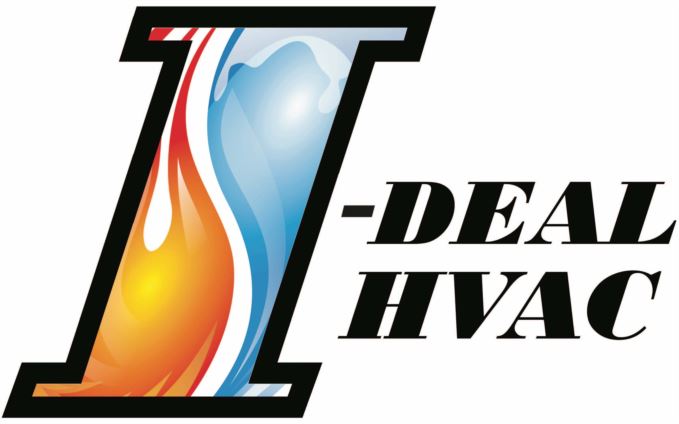
A furnace is usually a background player for your home, helping keep you warm in the cold winter months. It frequently isn't noticed until something breaks down.
One cause may be that your furnace has a cracked heat exchanger. It’s a potentially dangerous issue, so it’s worthwhile to learn the signs of a cracked heat exchanger and what you can do if you are worried that is the problem.
What Is a Heat Exchanger in a Furnace?
A heat exchanger transfers heat from the combustion chamber of your furnace to the air that moves inside the ventilation. It generally handles this with coils or tubes that warm the air while acting as a barrier to keep byproducts produced in the combustion chamber, called flue gasses, from escaping out into your home.
Is a Cracked Heat Exchanger Dangerous?
Thanks to its important role, it isn't surprising that a damaged heat exchanger can be very dangerous. A crack in the heat exchanger can allow dangerous gasses – such as carbon monoxide, which can be lethal – to be distributed through your home.
For this reason, do NOT run your furnace if you suspect there's a crack in the heat exchanger, as this could make the whole household ill. Contact an HVAC professional as soon as possible if you believe your heater has a cracked heat exchanger that needs repair.
Four Signs of a Cracked Heat Exchanger:
- Furnace turns off: A cracked heat exchanger can cause your furnace to turn off.
- Unusual Smells: If the air leaving your furnace has a strong chemical smell, it could be evidence gas is seeping through cracks in your heat exchanger. These gasses, which may smell like formaldehyde, are a major warning sign.
- Carbon monoxide alarm goes off or you recognize health problems: If a cracked heat exchanger is relieving carbon monoxide in your home, your carbon monoxide alarm should go off or family members may struggle with signs of carbon monoxide poisoning. Side effects include headaches, dizziness, weakness, nausea, vomiting or feeling tired. If your alarm goes off or you feel unwell, get out of the home right away and then call for help.
- Soot: If you notice black sooty accumulating near the exterior of your furnace, it’s another sign something could be seriously wrong.
What to Do if a Furnace Heat Exchanger is Cracked
If you suspect your furnace has a cracked heat exchanger, contact a professional experienced in furnace installation Albuquerque right away so they can examine your system and, if necessary, perform a furnace heat exchanger replacement. Costs should fluctuate depending on the situation, but estimates run in the neighborhood of $1,000 to $3,000.
Estimates aside, the good news is that heat exchangers are regularly protected by the warranty. It's a good idea to review the warranty paperwork on your furnace, as while the warranty might not cover the entire cost of repairs, it can significantly shrink your bill.
How to Prevent a Cracked Heat Exchanger in Your Home
One of the most convenient ways to minimize the risk of problems in your furnace overall is via consistent furnace maintenance. Furnaces provide the best possible return on investment when they run efficiently. Calling a skilled professional to check your furnace for broken-down parts, dirty filters and other common problems can keep you from getting a big bill later on.
It’s also beneficial to review your furnace filters every few months – it’s recommended some filters be swapped out every 90 days or sooner if they are dirty or grimy. While the filters aren't connected to the heat exchanger itself, the strain of dragging air through a clogged filter makes your entire furnace work longer to complete its job. And the harder your furnace needs to run, the more deterioration components like the heat exchanger will sustain.
